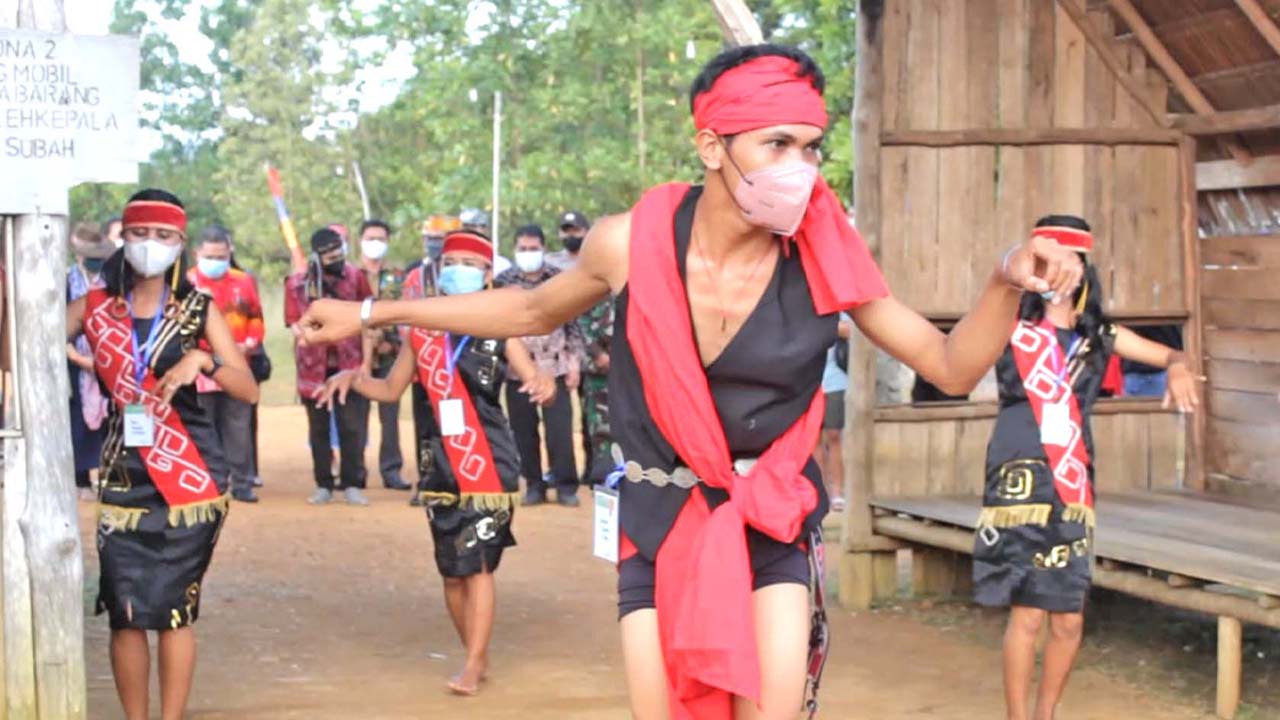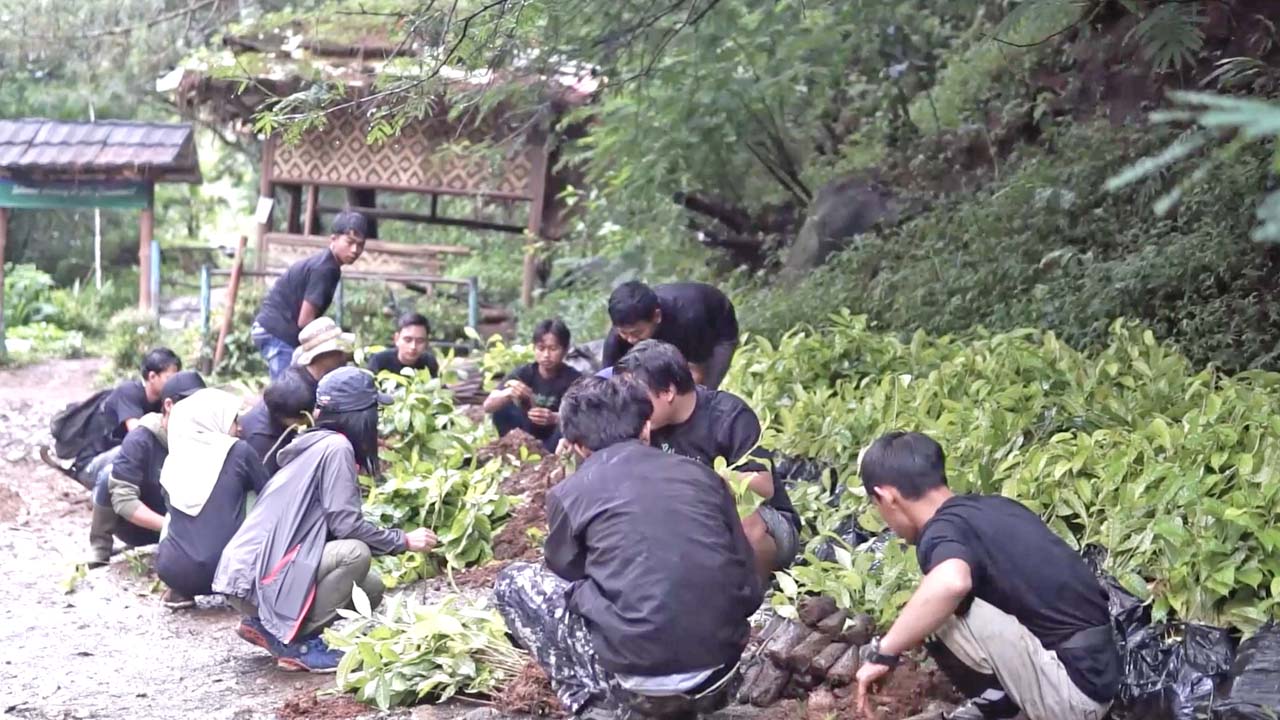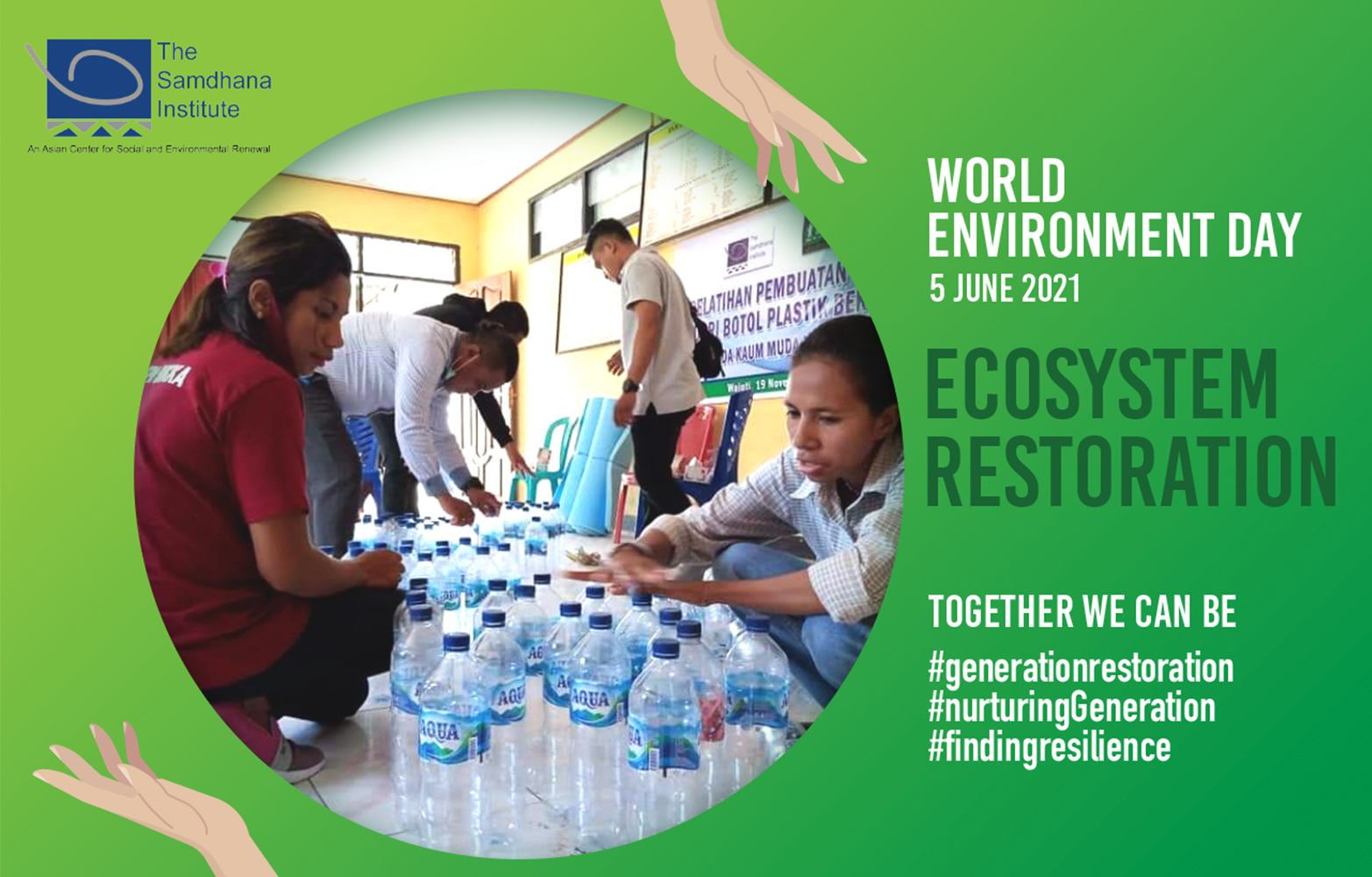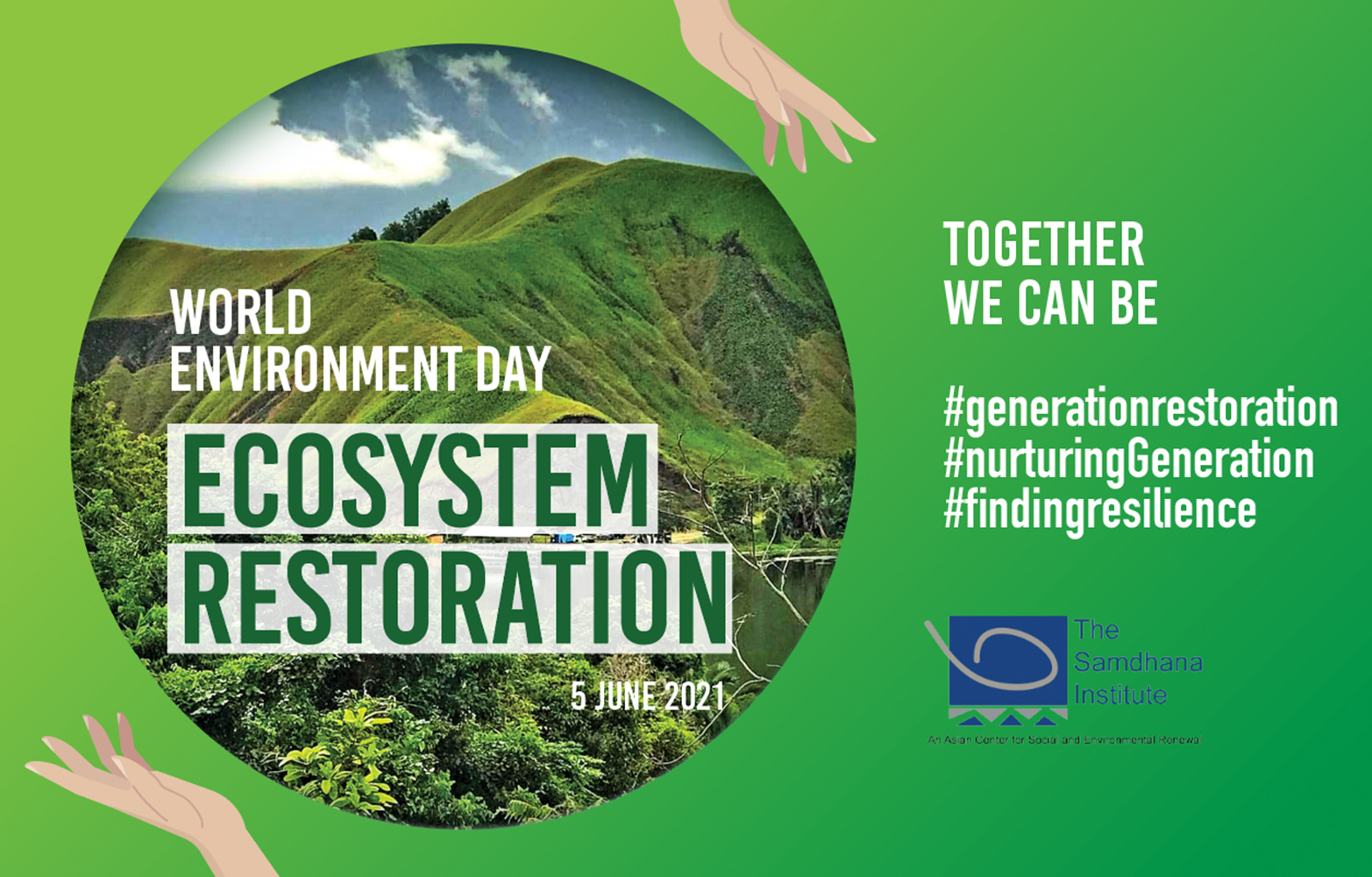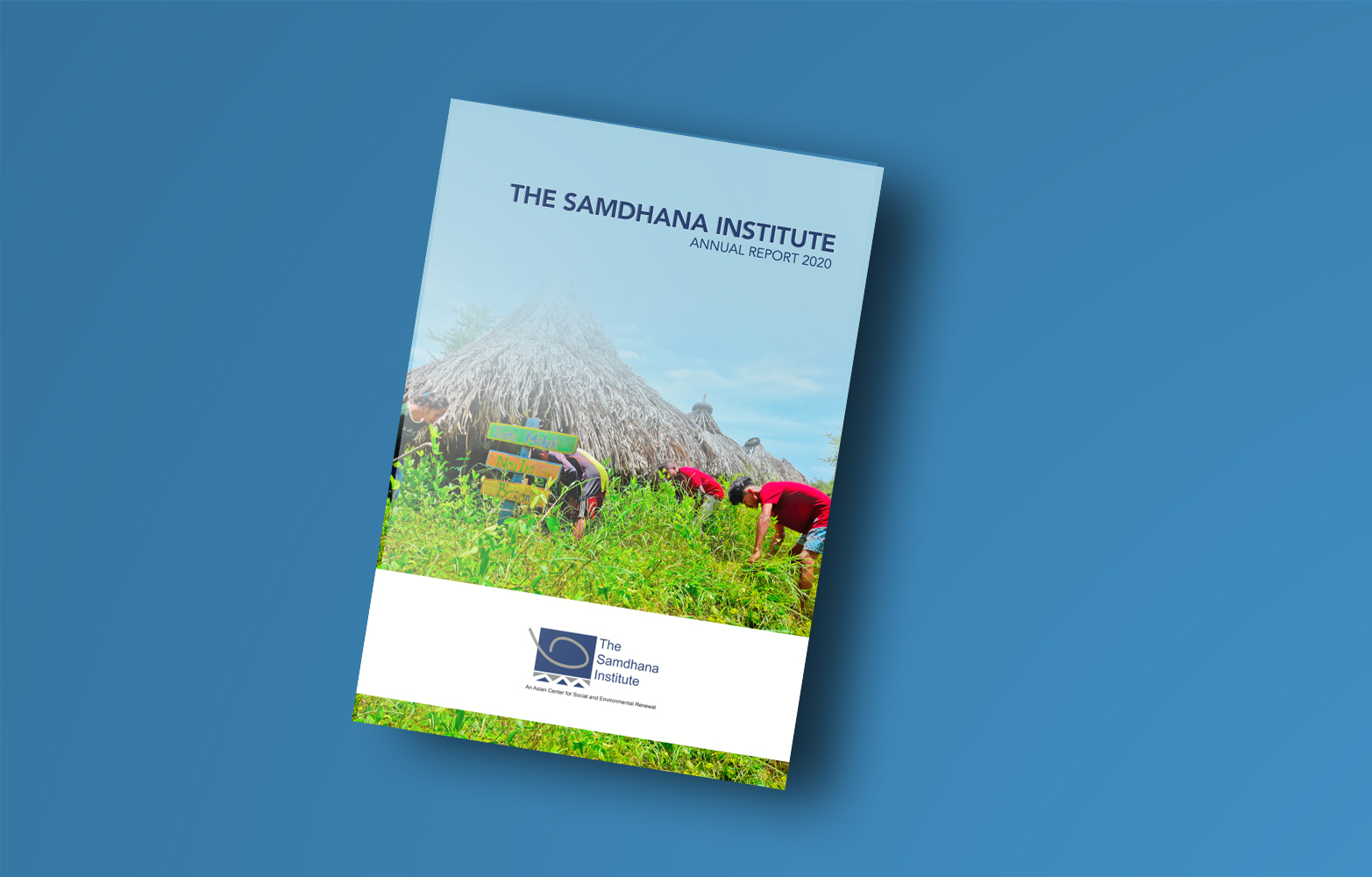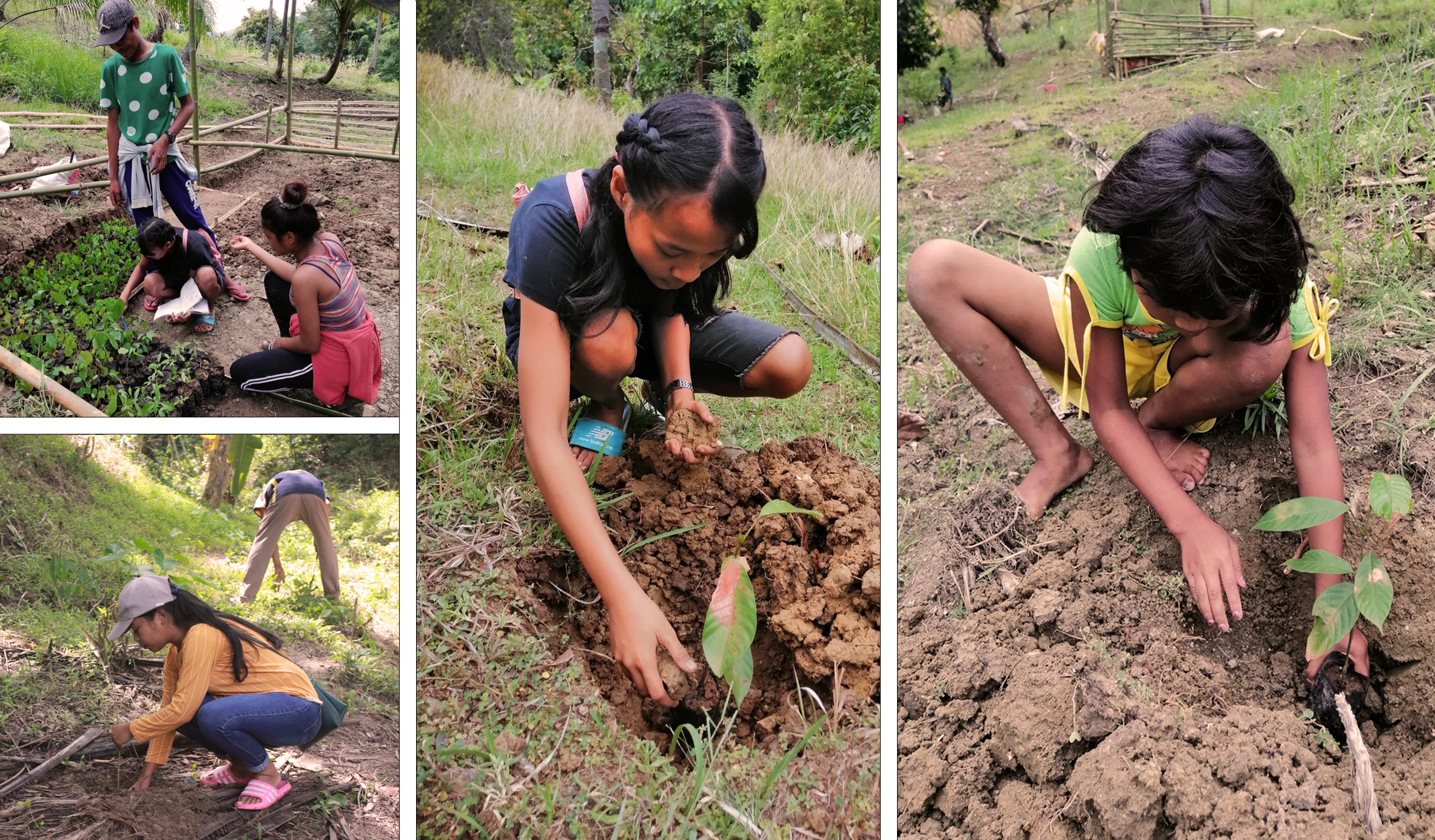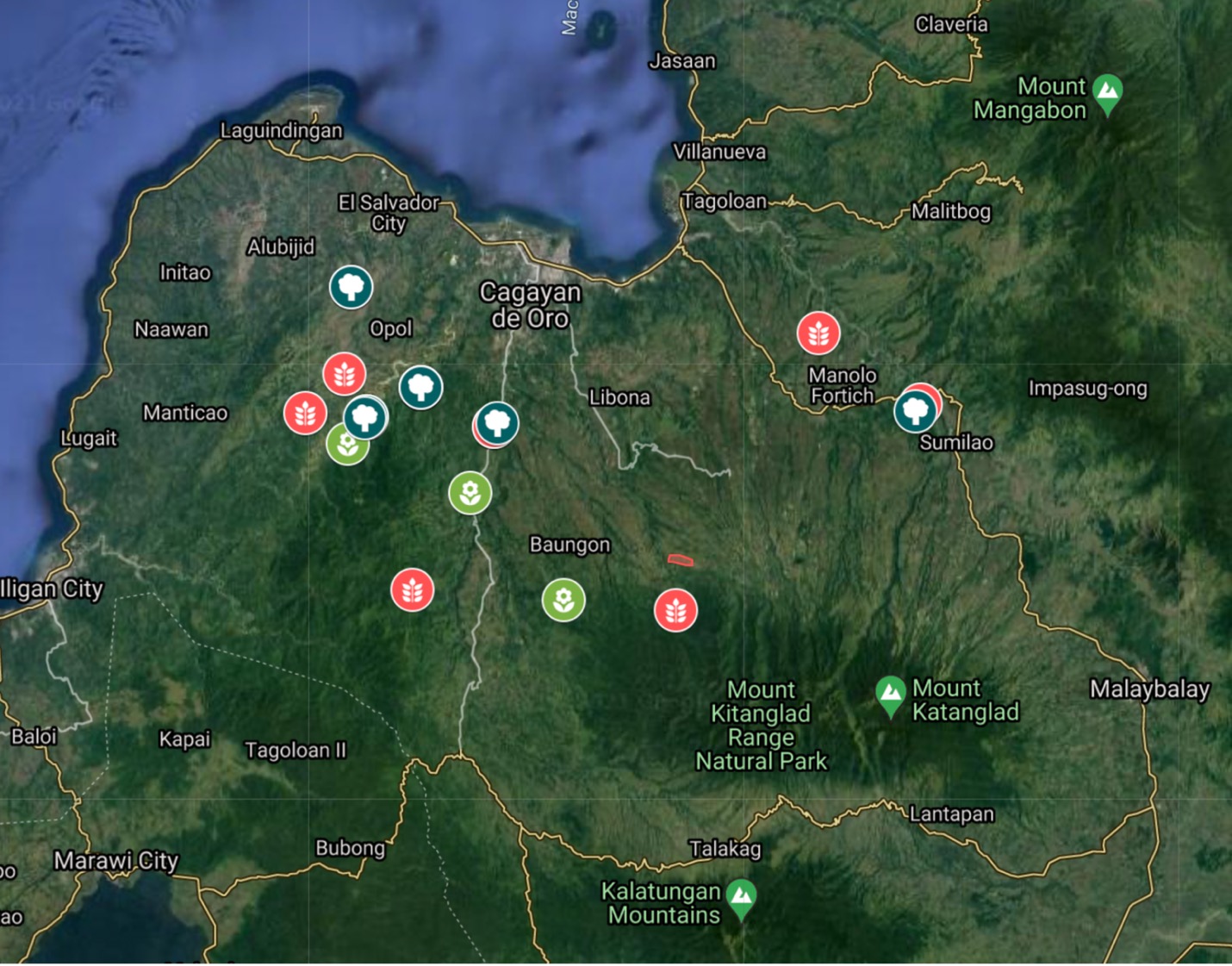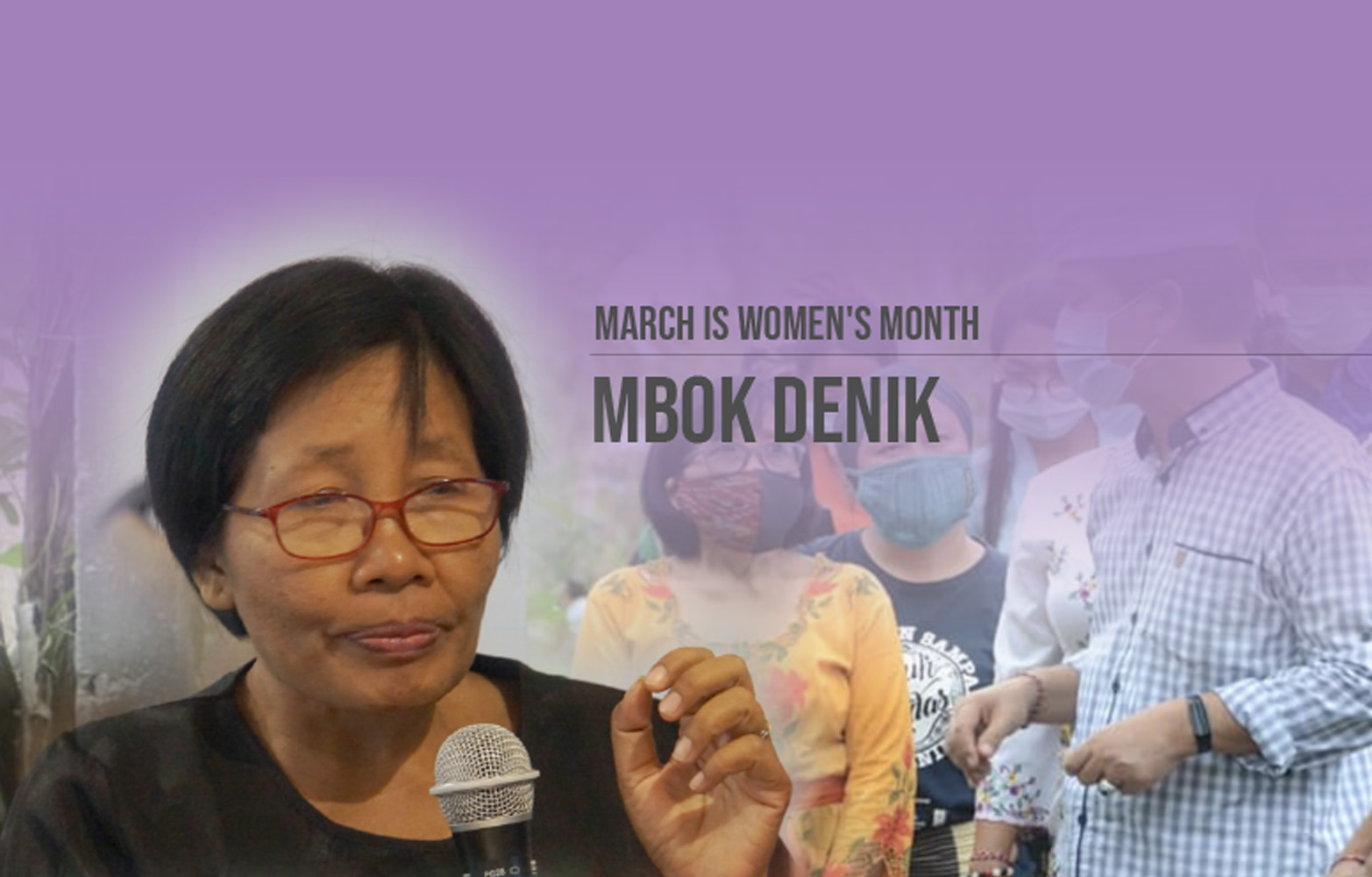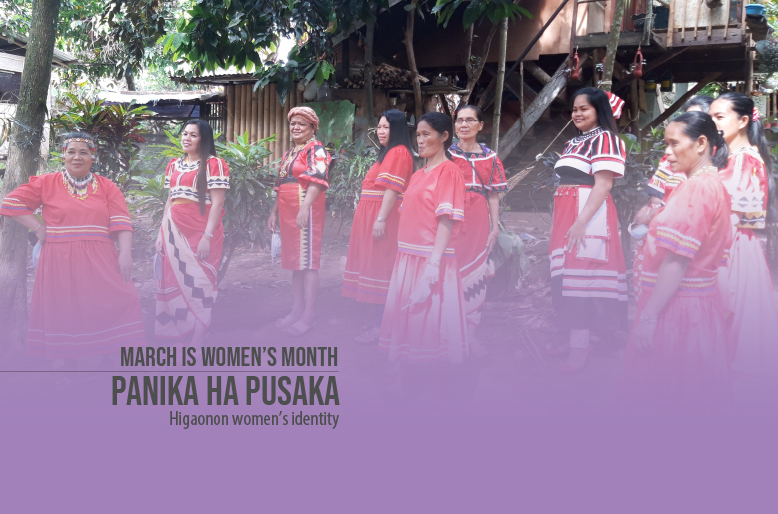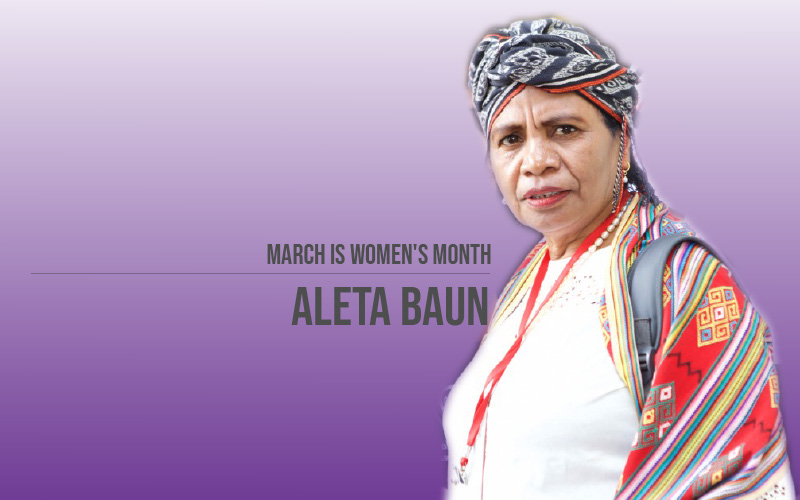Regional Youth Summit, Menoken Southeast Asia 2021: A Meeting of Indigenous Youths in Indonesia and the Philippines
From 19-21 November 2021, the Samdhana Institute hosted the latest in a series of Menoken events, entitled Regional Youth Summit, Menoken Southeast Asia 2021: A Meeting of Indigenous Youths in Indonesia and the Philippines. Hosted simultaneously in two Southeast Asian countries, namely Indonesia and the Philippines, the summit provided an opportunity for indigenous youths in both countries to reconnect relationships that had been disrupted by the Covid-19 pandemic.
